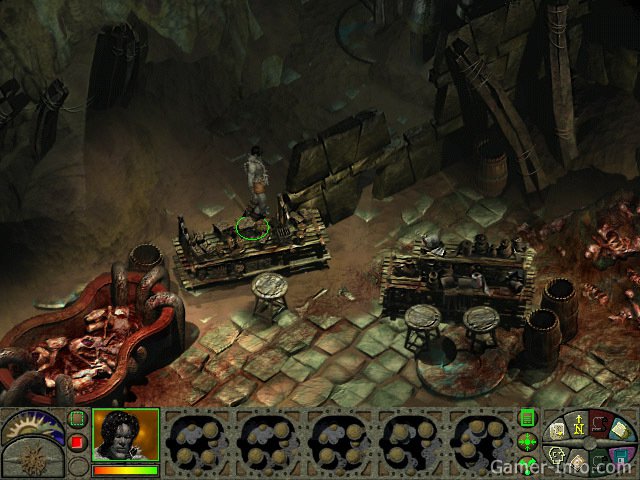



Its not a good fit for the Planescape setting. Planescape Torment’s combat is based on the D&D 2nd edition rules, the same rule system as Baldur’s Gate 2. Why would you want a new game with the Planescape setting to adhere to the D&D 2nd edition combat system when he’s just expressed how much of a hindrance it was? I think torment wouldv been perfect if it had a pollished combat system like baldurs gate 2. The latter case, though, means that this book can help the player find the game itself more interesting.I noticed he said he felt like d&d rules held them back in planescape. That kind of information can help improve one's gameplay generally and help bail the player out of annoying "I keep dying there" situations. The first case covers such matters as the need to invest in enchanted weapons when fighting abishai, preferred types of weapons in dealing with the undead, and so on. that a player may overlook if he or she doesn't think to experiment in the right way.
#Planescape torment faq how to
I'm thinking primarily of two types of information that don't depend on numbers: - general information about effectiveness of various kinds of attacks on specific types of monsters, and - specifics about how to get at quests, game areas, special abilities, etc. What I can say is that using the tables as the sole criterion for judging the value of this book dismisses a great deal of other valuable information herein. Personally, I can't speak to the accuracy of the tables' numbers. Given the sheer volume of information, it's likely that the tables aren't perfect. Likewise, GEAR covers all the objects in the game (including weapons), and SPELLS AND SPECIAL ABILITIES provides analogous information. For example, every kind of critter in the game has a description in the ALL CREATURES GREAT AND SMALL section, accompanied by a table describing such matters as its Armor Class, Hit Points, etc. I'm aware that this book has attracted some criticism regarding the accuracy of the numbers in part 1's tables. Chapter 5 is the most spoiler-heavy of part 1's chapters, thanks to the detailed discussion of Event Tattoos (available only after achieving certain actions in the game). (It also compares/contrasts TORMENT with BALDUR'S GATE: similar interfaces but some specialization for TORMENT.) Chapters 2 - 4 cover creatures, gear, and spells/special abilities, while 5 is devoted entirely to tattoos. Chapter 1 ("Genesis") discusses character generation in detail, explains the general principles of fighting, and provides an overview of alignments and factions. Part 1 contains 5 chapters of the book's 16. While anyone consulting a strategy guide should've waived the right to complain too much about spoilers, it is possible (with some care about not reading too far ahead) to consult specific sections for specific problems. PART 2, of course, provides the most spoilers for the game, but certain sections of PART 1 also contain spoilers. The book's chapters are grouped into two parts, where PART 1: A WORLD OF TORMENT provides an overview and PART 2: FOLLOW THE GREAT ROAD is a detailed walkthrough.
#Planescape torment faq manual
The obvious question for a book like this is, why should a reader listen to these people? In this case: - Avellone was Lead Designer on PLANESCAPE: TORMENT in its incarnation as a computer game - Norton wrote the manual - McComb, another of the game's designers, followed TORMENT over to Interplay from TSR, having worked on the Planescape campaign setting there.


 0 kommentar(er)
0 kommentar(er)
